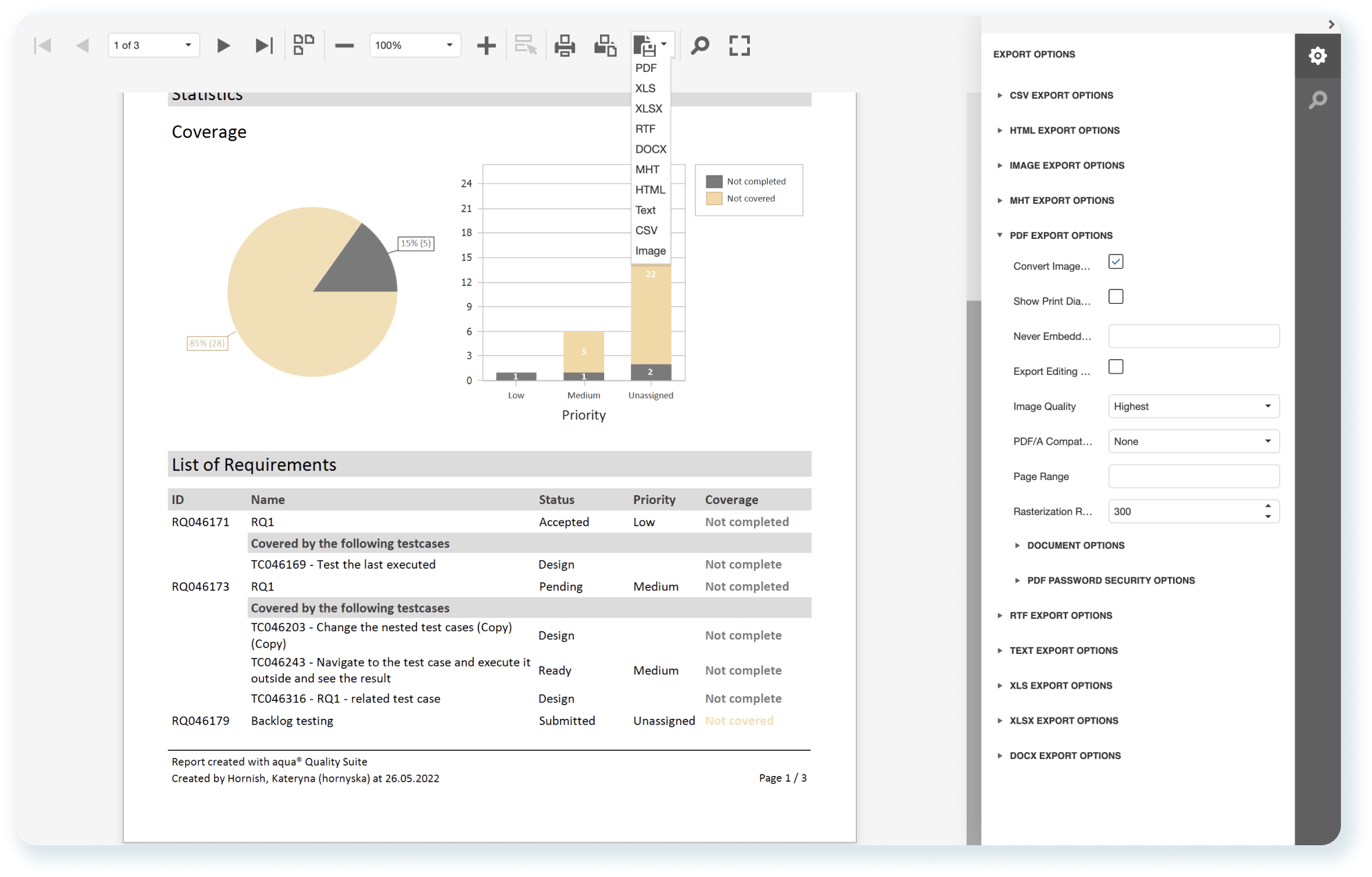10 Essential Metrics for Effective QA Process Measuring
In the world of development, there is an undying rule that you can't improve what you can't measure. And of course, this rule applies to quality assurance.
Join the DZone community and get the full member experience.
Join For FreeThe arrays of produced software are growing exponentially, which means that the amount of test coverage required to guarantee quality is increasing to the same extent. This also leads to that kind of causal relationship — more lines of code, more defects. So, in addition, to prepare the QA team for test automation and optimization, you also need to think about implementing an effective bug reporting tool.
However, even with an effective web-based test case management tool in place, it is necessary to understand what progress metrics in software testing need to be applied in order to get a clearer picture of the efficient efforts of quality assurance. In this article, we will analyze what test metrics and measurements are considered essential, which of them are premier in the agile methodology, and which KPI is necessary to track the performance of the team.

How to Understand What Quality Assurance Metrics to Use
Before you start evaluating your own testing process, you need to determine what specific types of metrics in software testing you might need for this.
The correct solution here is to make sure you have the answers to the following questions:
- How long will it take to test?
- How much will it cost to test?
- Is it reasonable to use low-cost tests?
- What is the severity of the bugs?
- What is the status of each bug — closed, reopened, postponed?
- How many bugs have to be discovered in perspective?
- How much of the software is tested?
- Can the test be run on specified time frames, and is it possible to fit more in the same time period?
- Will it require more test efforts?
Once the questions are answered, you can go further and choose QA testing metrics that can meet your requirements. However, you should remember that metrics are not universal — different businesses need different metrics and measurements in software testing.
QA Effectiveness Metrics
Absolute Numbers
Absolute metrics are a great way to get a general idea of how the current testing processes are built. And their presence is recommended for all types of development.
- Total number of test cases
- Number of test cases passed
- Number of test cases failed
- Number of test cases blocked
- Number of defects found
- Number of defects accepted
- Number of defects rejected
- Number of defects deferred
- Number of critical defects
- Number of planned test hours
- Number of actual test hours
- Number of bugs found after shipping
Test Execution and Bug Fixing
Test metrics in software testing showing the correlation between completed tasks from the total number of functions allow the whole team to understand which errors in which modules disrupt the product and should be addressed primarily:
- Test completion status
- Test execution completion status
- Defect density
- Defect priority/defect severity
- Defect acceptance/defect rejection
- Test case execution productivity
Test Design
Test design coverage evaluates the correlation between test cases and the number of requirements, while test design performance evaluates the number of test cases generated per day. It is done to find out gaps in functionality on the end-user side:
- Test design coverage;
- Test design productivity.
Test Coverage
Test coverage evaluates test effort and gives the idea of what percentage of the application has already been tested.
User Acceptance Testing
This metric is supposed to discover missed issues that might occur due to gaps in the testing strategy:
- Defect leakage
Product Exploitation and Support
This metric is used for strategy improvements to boost testing performance. It also evaluates testing effectiveness by showing the number of undiscovered issues that need to be addressed before production deployment:
- Defect removal efficiency
Test Economics Metrics
The cost of testing consists of infrastructure, tools, and workforce. This metric evaluates how much needs to be spent to finish the project and how much is spent:
- Total Allocated Cost
- Actual Cost
- Budget Variance
- Time Variance
- Cost Per Bug Fix
- Cost of Not Testing
Test Execution Status
This metric is better represented in a chart to display the total executions organized as passed, failed, blocked, incomplete, and unexecuted.
Defects Created vs Defects Resolved Chart
This metric is supposed to control defect removal processes and understand testing effectiveness metrics.
Overall Metrics
Overall testing metrics measure the effectiveness of your test strategy in general identifying needed improvements:
- Effort variance/schedule variance
- Rework effort ratio
- Requirements creep
Properly use of the metric for software quality is possible to get the desired results from testing. Their presence in modern development processes such as agile helps managers accurately define smaller goals for each sprint. Using benchmarks and KPIs as a navigator, testers understand what result they should get and what numbers they should focus on. In case of deviation from these test efficiency metrics, we can talk about a change in trends. Such deviation can indicate a critical mistake that could jeopardize the success of the project. This way, managers can pre-check and refocus their team without waiting for the end and thus prevent additional development costs.
Given all the above, I can unequivocally say that quality metrics in software testing in the development process can improve its quality and prevent unnecessary risks.
Published at DZone with permission of Tania Zhydkova. See the original article here.
Opinions expressed by DZone contributors are their own.

Comments